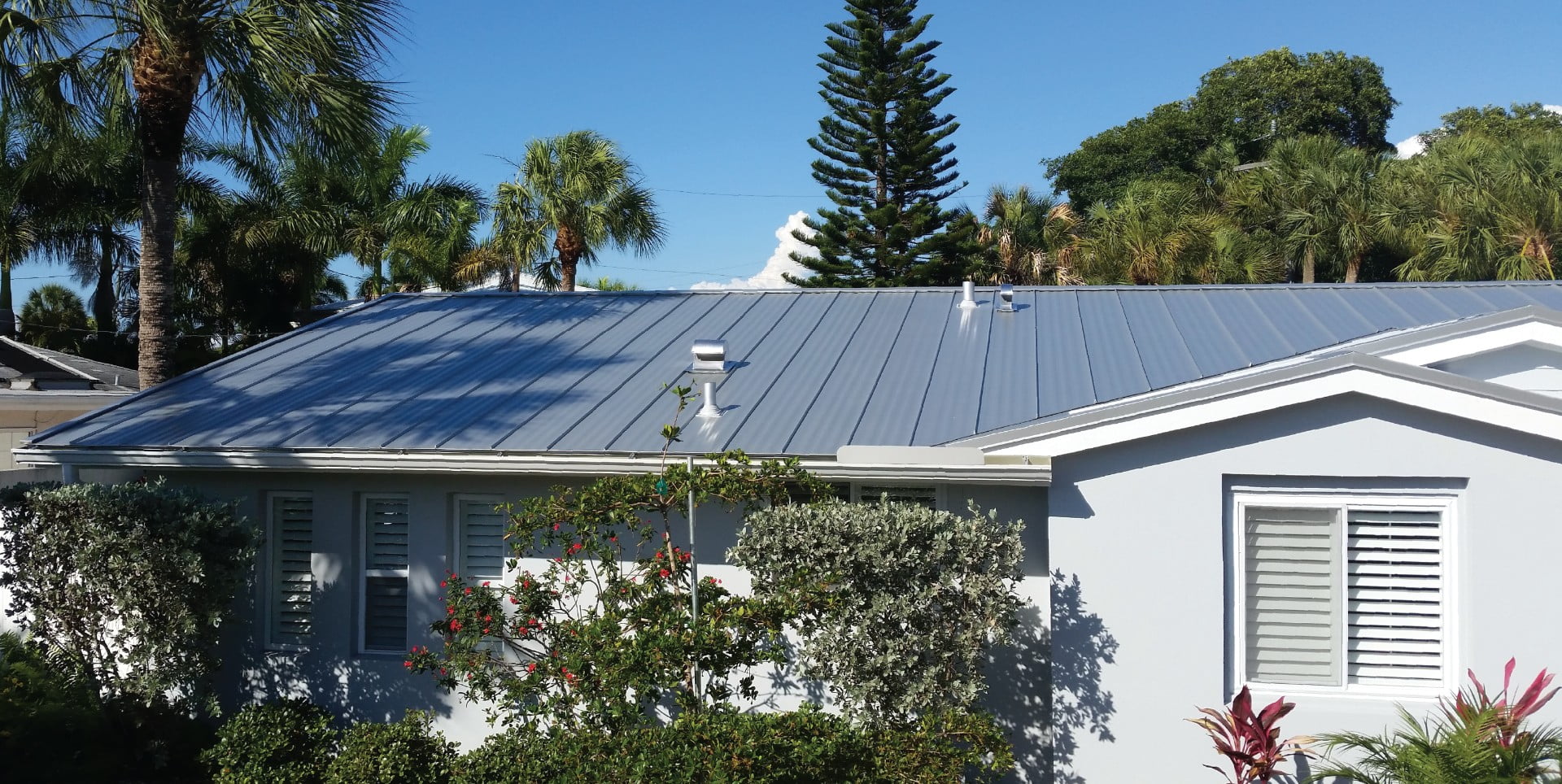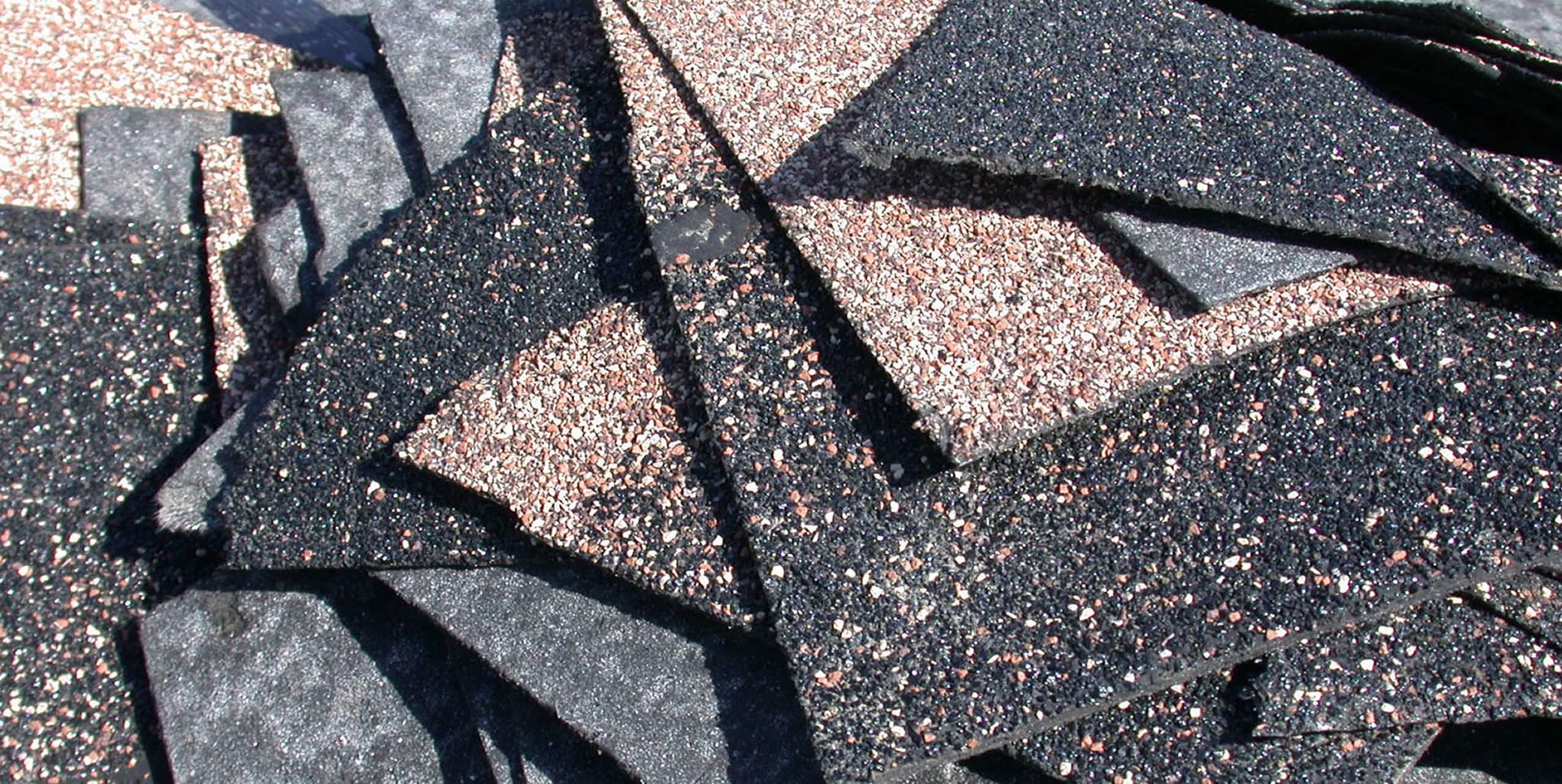How to Storm Proof Your Roof for Florida Hurricanes

Hurricanes and tropical storms might seem to be just another part of life for all us Florida residents, but we shouldn’t ever forget that Hurricane Season should be taken very seriously. These storms can not only be very dangerous, but also financially devastating. Preparing ahead of time can both ensure your family’s safety and minimize damage to your most valuable asset: your home.
When it comes to protecting you, your family, and your property in a hurricane or tropical storm, nothing is more critical than your roof. While going through your hurricane preparedness list this year, we highly encourage you to add in the applicable items below to help ensure your roof is in tip top shape should mother nature rear her ugly head.
Hurricane Preparedness Starts With a Thorough Roof Inspection
Ideally, you should have your roof inspected at least once a year by a qualified roofing contractor, but in between inspections you should take some time out and look over your roof at the beginning of Hurricane Season and before every storm. Here are some things to look out for:
For shingled roofs, you want to look for torn or missing shingles, nails protruding through shingles, and lifted flashings. You should also be on the lookout for granule loss on shingles.
For metal roofs, problem areas can be lifted or rusted panels, backed out screws, seams that are in need of recaulking, and loose flashings.
For tile roofs, you want to look for cracked, broken, missing, or sliding tiles. Also be on the lookout for missing mortar against walls or any protrusions that tile was cut for.
In the event you spot a problem, it’s best to hire a trusted roofing contractor to look for signs of damage or deterioration to the structure below before making the repair.
Clean Your Gutters and Downspouts
Keeping your gutters and downspouts clean and flowing freely is one of the most important home maintenance tasks you have. Clean and inspect your gutters and downspouts both before and after a storm. Even if they were clean before the storm, it is quite possible they can get clogged with debris after even a light tropical storm.
Trim Surrounding Trees and Bushes
It’s important to identify and remove any branches or limbs that could possibly break free in a storm and strike your house or damage your roof. While overhanging limbs pose the biggest threat to your roof, limbs of any height can cause damage in a hurricane or tropical storm. An added benefit of cleaning up any loose limbs and branches is that the smaller pieces won’t end up in your freshly cleaned gutters.
Put Away Any Loose Items Around Your Yard
While putting away any loose yard items like garbage cans, outdoor furniture, and grills is always a good practice before a storm, keep in mind that these objects don’t always stay close to the ground in a violent storm. Yard items can turn into substantial missiles that can severely damage roof edges and compromise shingles. Remember to take a look at the surrounding yards near your home and offer your neighbors help in putting away their yard items.
Have Hurricane Straps Installed
Hurricane straps are reinforcements that tie your roof to the walls of your house. While newer Florida homes are required to have them, many older homes may not. If you are unsure, it’s a good idea to have your roofing contractor check when making a roof inspection. If your home is older and does not have hurricane straps, it may be worth the investment. Not only will it make your home much safer in a storm, but you may also get a break on your insurance.
If you are needing an inspection, repair, or a new roof as we head into Hurricane Season, don’t hesitate to call us for a quote. We can help find the best solution for your needs and budget.




